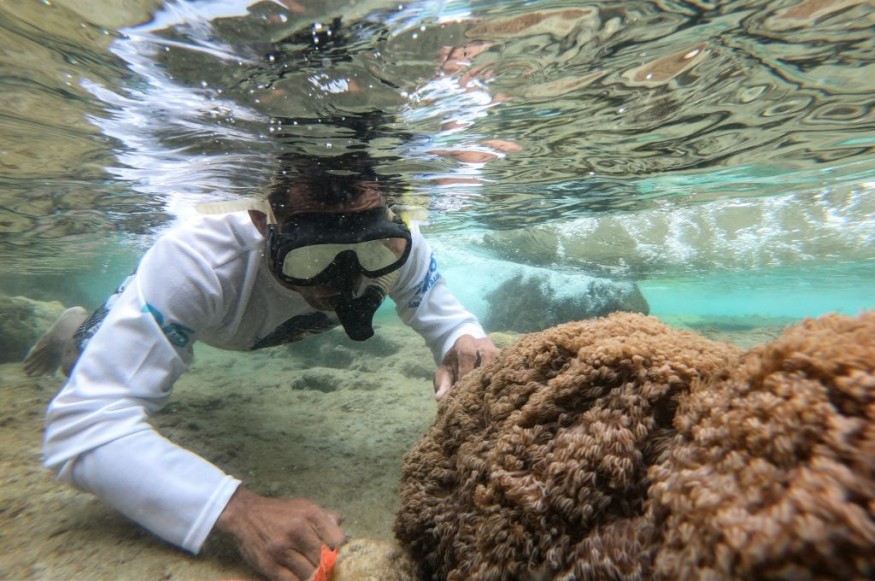The latest report raised concerns about the rapid spread of non-native species, which is believed 100 times faster than native species. This situation can significantly affect native animals and plants, which can struggle to live.
Experts and scientists have been highly concerned about the arrival of invasive species, which can potentially bring the following:
- Livelihood or crop loss
- Habitat loss
- Diseases or pathogens
- Biodiversity loss
Non-Native Species Threats: How Can These Affect Other Species?

In a study published in Annual Reviews of Ecology, Evolution, and Systematics, researchers analyzed the rapid spread of non-native plants and animals and possible environmental consequences.
According to a report published on June 19, researchers discovered the widespread expansion of non-native species 100 times faster than that of native species.
- Non-native move at a rate of approximately 1,883 kilometers per year
- Native animals move at an average of 1.74 kilometers per year.
In addition to widespread non-native species, plants and animals have also struggled to keep up with the effects of climate change.
Native animals must shift their ranges by 3.25 kilometers per year to deal with the potential threats of increasing temperatures.
As quoted in the report, human activity, including intentional and accidental actions such as shipping and gardening, has contributed to the alarming expansion of non-native species.
Considering the problems of habitat loss, non-native species are an added burden for native species, particularly land-based animals, who must move 3.25 kilometers per year to adapt to climate change.
Meanwhile, marine species have a different situation. These species require 2.75 kilometers per year to cope with climate change's effects.
Unlike native creatures, non-native species can spread quickly and outcompete other animals or plants. To address this issue, the report underscores the importance of human intervention to mitigate or slow down the expansion of the concern.
In addition, researchers explained the role of assisted migration in helping native species locate suitable habitats to survive amidst threats of temperature fluctuations.
Protecting native species is crucial to maintain health diversity and avoid cascading effects on other animals.
Also Read : Invasive Mosquitoes Find Favorable Conditions Due To Climate Change; Dengue Cases Surge In Europe
Invasive Animals Impacts on Biodiversity
In a recent report by Nature World News (NWS), researchers raised the alarm about the emergence of invasive alien species (IAS) in the Caribbean, which is home to various plants and animals.
The report emphasized that AIS can devastate different endemic species in the region. For example, rats and cats introduced into the Caribbean resulted in the extinction of birds and mammals.
Another concern is its health effects. The arrival of IAS can bring pathogens or diseases harmful to humans and crops.
Read also: Insect Invasion: Emerald Ash Borer Detected in Multiple Counties, Threatening Texas Trees
For more similar, don't forget to follow Nature World News
© 2025 NatureWorldNews.com All rights reserved. Do not reproduce without permission.





